The Art of Customer Segmentation - Retention from the Good Customer Mapping
Written by Vanshitha M
Published on Jan 18, 2024
Introduction
What is Customer Segmentation?
Customer Segmentation divides the users of your brand into subsets with different genders, demographics, and behaviors to tailor and target different marketing campaigns that are attractive to them by deciding the criteria on homogeneity (common needs) or Distinction (Different needs from others) or Reaction (Similar response to market).
Marketing is never a one-size-fits-all solution! Every user needs a personalized experience of marketing and this requires our marketing strategies to differentiate the persona’s to help each person. 73% of users said that personalized mail can connect them better with a brand.
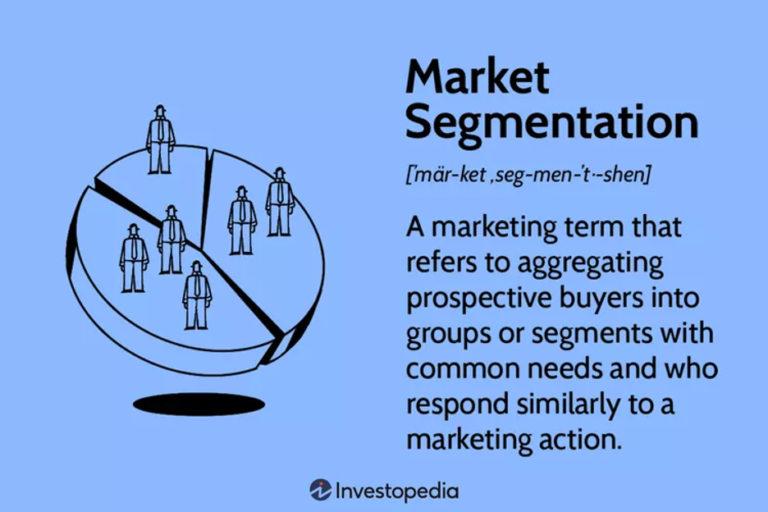
Source: Investopedia
Why Customer Retention?
- Retention over Acquisition: We have already discovered in our blog why Retention is better than Acquisition! Metlife, an insurance company set annual savings targets of $800 million after segmentation, showcasing the power of retention.
- Personalization: Focussing on each persona differently can help gain value for your brand. 71% of customers expect brands to deliver a personalized experience and 76% of customers get frustrated when personalization doesn’t happen.
- Campaign Boost: Mailchimp’s study found that segmented campaigns has 14.31% open rates and a 100.95% increase in clicks in segmented email marketing.
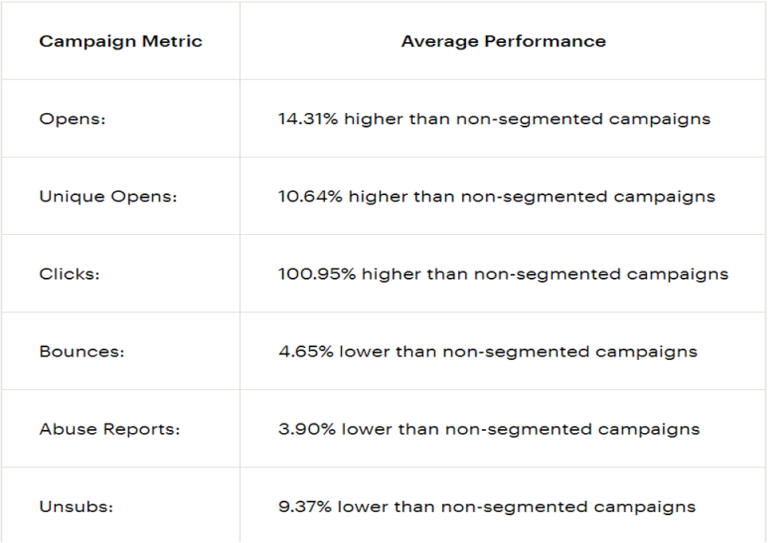
Source: MailChimp
-
- Efficiency: By focusing each product on each group, there will be a reduction of resources and better ROI (Return On Investment). Turns out that 49% of people bought products on impulse because they received a personalized message.
- Customer loyalty: With segmentation, you can tap into the audience’s mind more so you will be able to curate better campaigns and gain loyalty. It can help create your brand as a customer-centric brand fostering a sense of inclusivity, a sense of belonging that every user values, increasing stickiness, and reducing churn.
- Product Enhancement: When you understand the behavior of your brand’s users, you can improve your product.
- Target Audience: In any marketing class, the first lesson we all learn is to define your target audience which can help boost your company’s retention. Abandon the vague messaging and make the message relatable so you get better results on your metric.
- New market: By segmenting, you can understand the gaps and bridge them or tap into different markets and reach new heights.
- Brand image: A better campaign can attract customers boosting a better customer experience as a whole. ITSMA found that 82% of B2B’s who did segmentation improved their value proposition.
- Better at digital advertisement: Platforms like Facebook, and Instagram use specified customer segmentation to reach your audience so pre-segmentation can make digital marketing really easy. According to a study by Mickensy, better and personalized content on websites has increased their efficiency by 2 to 5%.
- Defined strategy: A refined marketing approach can help you as a marketer to develop different strategies and benchmarks.
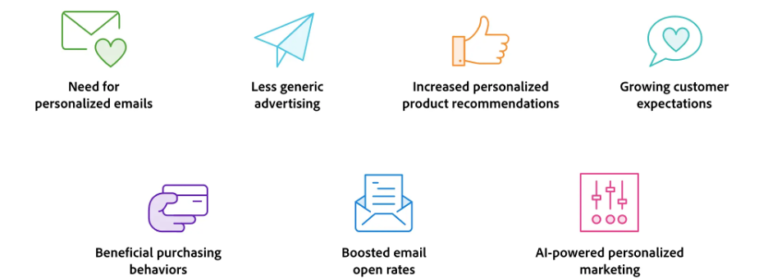
Source: BusinessAdobe
- A study by MailChimp has quoted that “segmenting your email marketing lists has an overwhelmingly positive impact on the engagement of your subscribers. Open and click rates were up across the board in all segmentation scenarios that we’ve investigated. Similarly, targeting subscribers via some type of identifying merge value—like interest, job title, location, etc.—helped keep abuse and unsubscribe rates down.”
- Better leads: American footwear company Rockport drove 30% more revenue per lead using a segmented approach to lead capture.
Why not Customer Segmentation:
- Higher costs: Brands should spend a high amount on getting the research data.
- Complexity: With different subsets, different marketing needs are acquired which contributes to more complexity.
- Misconception: The whole segmentation has the motto “Similar people, Similar needs” but this might be wrong too.
- Volatile data: All the data and trends might change at any time.
Types of Customer Segmentation:

Source: Yieldify
- Demographic Segmentation: Dividing the users into different sectors based on their age, gender, race, education or occupation, etc.
This is to denote the similar needs of a similar demographic.
Example: Younger children in primary, and middle schools are maybe inclined to buy more creative stationery.
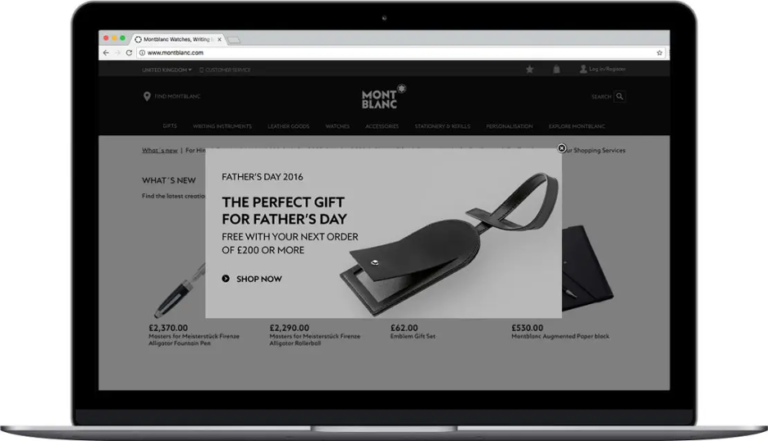
Source: Yieldify
- Geographic Segmentation: This divides the users into subsets of similar locations. This denotes that similar demographic users have similar needs.
Example: Locations without any beach will not be more inclined to buy beachwear.
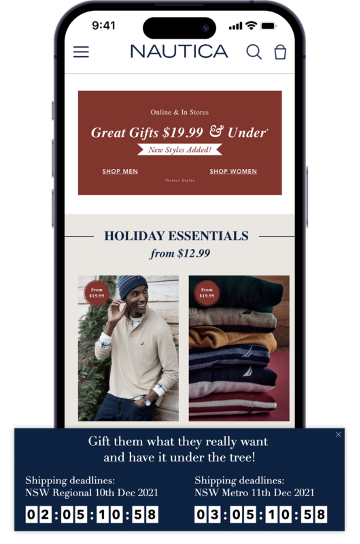
Source: Yieldify
- Behavioural Segmentation: This is based on user behaviour with markets and products. It relies on market data and consumer behaviour.
Example: Millennials may buy a car rather than Gen-Z who cannot drive.
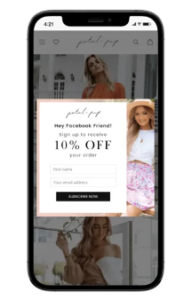
Source: Yieldify
- Psychographic Segmentation: This is a tough segmentation since it’s volatile (Can change at any time) and data can be tough to collect. This divides the users based on their lifestyle, personality, opinions, and interests.
Example: A sports enthusiast may invest in better quality sportswear rather than a non-enthusiast.
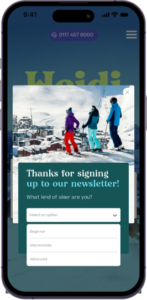
Source: Yieldify
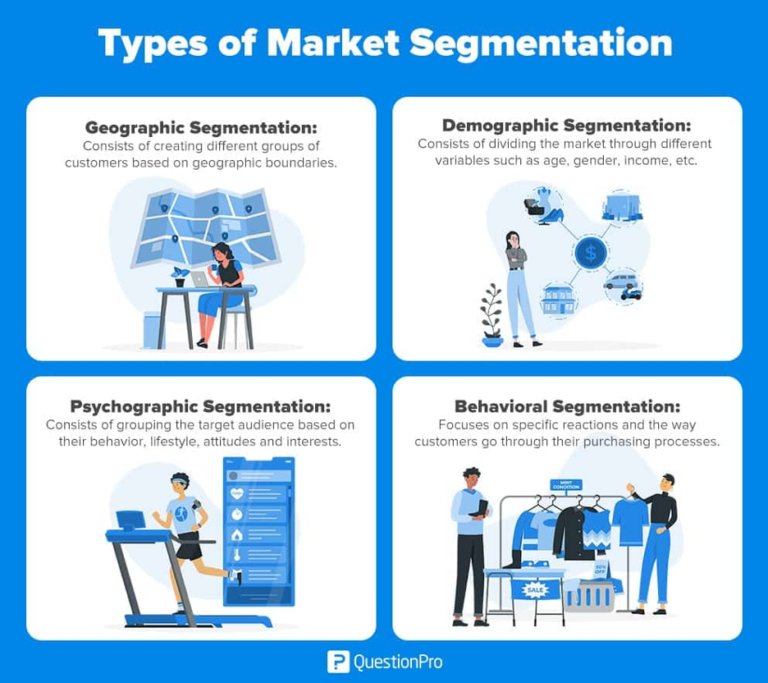
Source: Questionpro
How to Segment?
Now that we understand the importance of customer segmentation, let’s delve into the practical steps of executing a successful segmentation strategy.
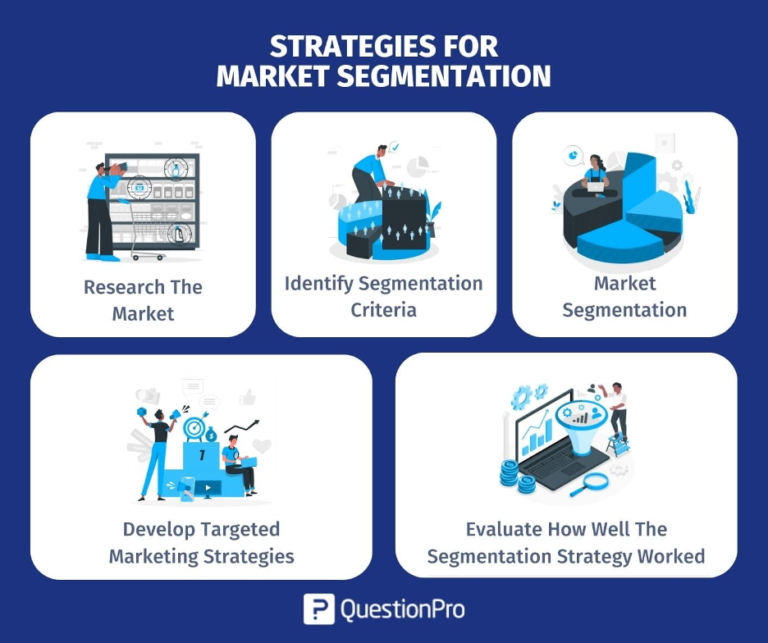
Source: Questionpro
- Keep your North Star in focus: Understand what users are needed for your brand and which user base can your brand attract and solve pain points.
- Understand your market: Comprehensive knowledge of your competition, market dynamics, and environmental factors is crucial. Stay informed to make informed segmentation decisions.
- Identify your user’s characteristics: Identify which characteristics you want as a marketer from each type, their demographic, age, gender, etc. that align with your marketing goals.
- Data Analysis: Utilize data analysis to identify trends within your customer base. Leverage tools and technologies to extract meaningful insights that will inform your segmentation strategy.
- Curate Personalized campaigns: Once segments are identified, tailor your marketing strategies for each. Craft campaigns that resonate with the unique needs and preferences of each segment. Personalization is key.
- Test and Add: Acknowledge that the world of data is ever-changing. Regularly update your data and refine your segments based on new information. Continuous testing ensures your strategy remains effective.
Segmentation for each sector:
- Travel:
→ Travel Enthusiasts
→ Budget-friendly travel
→ Frequent Business Travelers
→ Luxury travel
→ Travelers with kids
→ Adventure travel
→ Winter holiday travel
- Food industry:
→ Spending habits
→ Cohabitation
→ Health-consciousness
→ Health habits (Vegan, vegetarian, allergies)
→ Responsibility
Why Retention10?
Retention10 is not just a solution; it’s a strategic partnership aimed at propelling your brand toward unparalleled success. We are an experienced team here to provide you with all the data you need to help you upscale.
Conclusion:
Segmentation is an essential and integral part of any marketing journey. Do not miss out on any chance for retention. Join the ranks of successful brands that have harnessed the power of segmentation and witness the transformative impact on your business. But if the jargon is eating you up, We at Retention10 can help you level up in retention!
Book a call with Retention10 right away. Let’s unlock the full potential of your brand together.

Vanshitha Munipally
( Research & Content Marketer )
To get your customized Customer Retention Solutions , Do write to us :
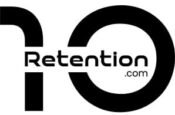


Thanks for sharing. I read many of your blog posts, cool, your blog is very good.
Your point of view caught my eye and was very interesting. Thanks. I have a question for you.
Wow, this post is nice, my younger sister is analyzing these kinds of things, thus I am going to inform her.
Its such as you learn my mind! You seem to grasp so much approximately this, like you wrote the guide in it or something. I believe that you can do with a few to pressure the message house a bit, but other than that, that is magnificent blog. A fantastic read. I’ll certainly be back.
I don’t think the title of your article matches the content lol. Just kidding, mainly because I had some doubts after reading the article.